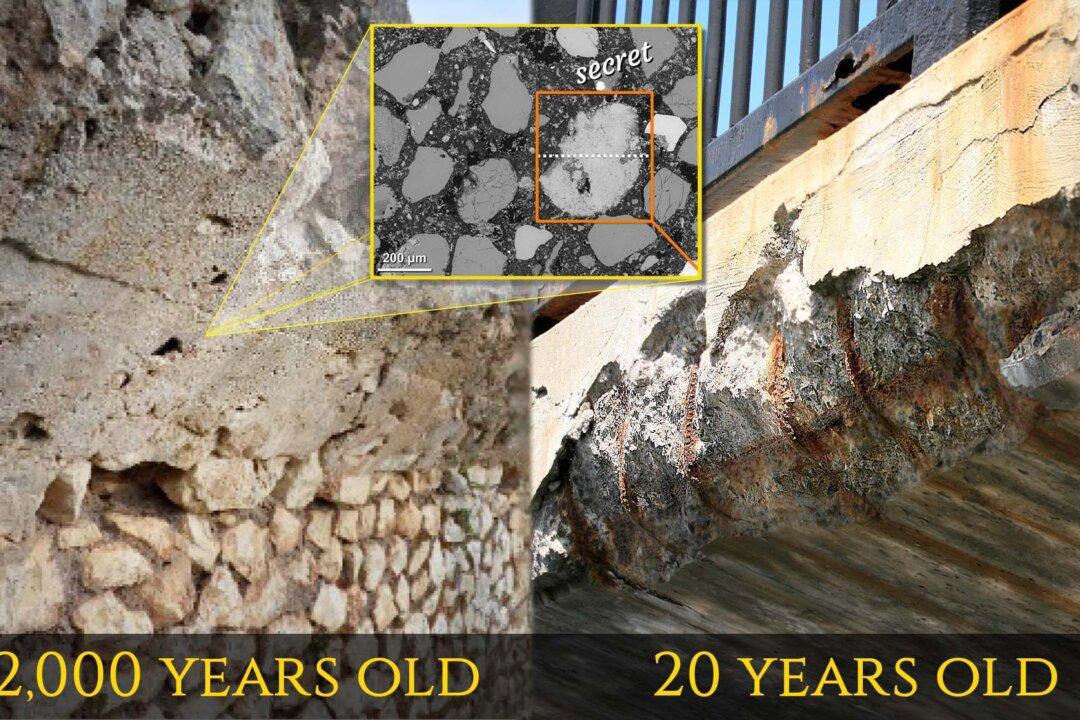Our cities are falling apart. Once-beautiful concrete bridges now show rusted rebar. Sidewalks buckle and fracture underfoot—even though they’re not that old. In just a short few decades, our concrete cities are already crumbling.
Ancient Roman concrete, meanwhile, continues to endure after thousands of years of weather, waves, and wear. Structures like the Pantheon in Rome are still going strong; despite centuries of crashing waves, maritime Roman concrete piers grow more robust with each passing day. What genius lies behind Roman concrete!






